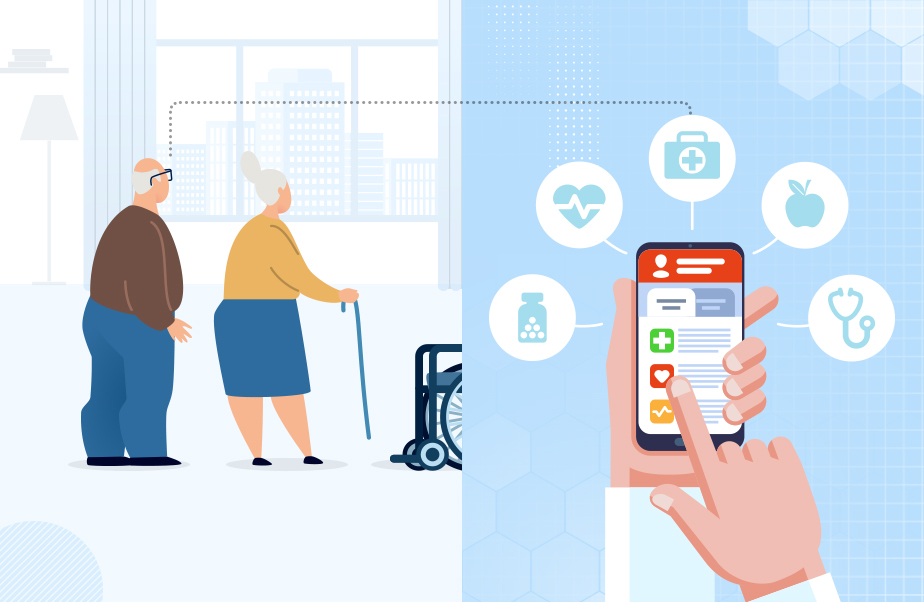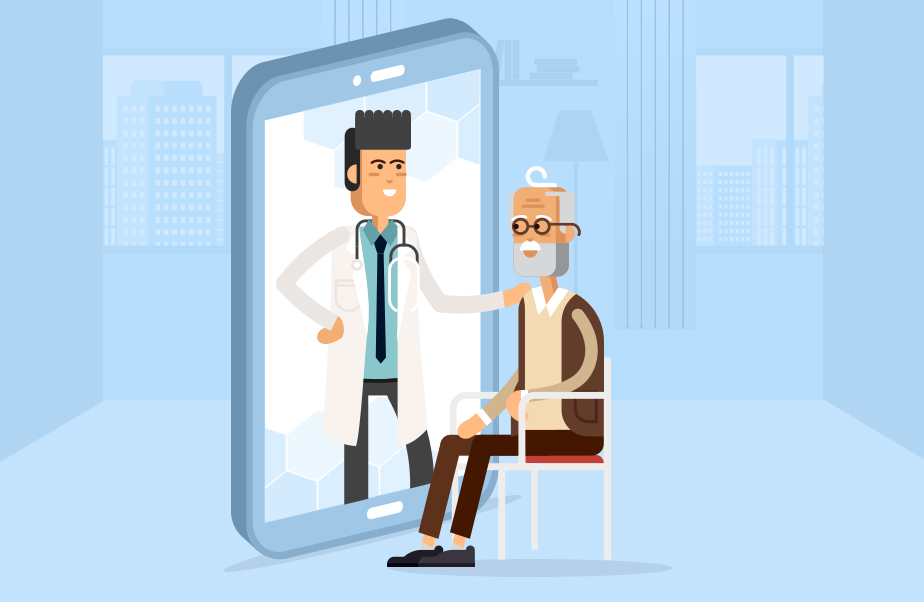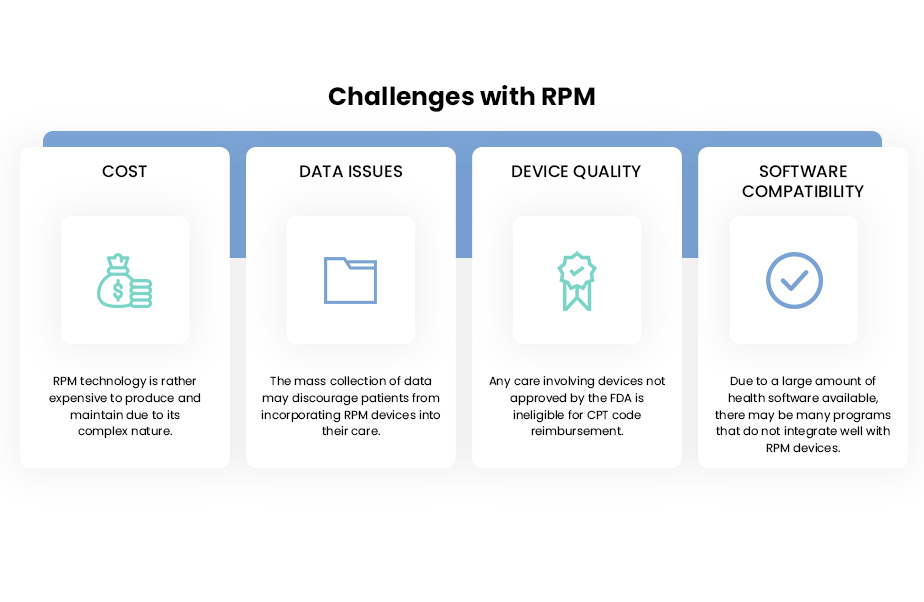Chronic Care Remote Physiological Monitoring (RPM) or Remote Patient Monitoring is a healthcare practice that involves the use of technology to monitor patients in a virtual manner. This practice has gained popularity in recent years and is being utilized with great success in the treatment of chronic care patients.
Specifics of RPM
RPM is a form of real-time telehealth that employs the use of technology in the live collection of vital parameters such as heart rate, blood pressure, weight, or any other relevant measure. This information is then sent to health professionals, who can analyze the data and make informed decisions on the patient’s health. Another beneficial factor is RPM devices often notify both patients and care providers if any abnormal vitals are detected.
How do patients benefit from RPM?
An extensive RPM system gives patients increased access to healthcare. New innovations in the health-based tech industry have afforded patients with high-quality devices to track their health progress. Patients with chronic care conditions that require extensive care are able to monitor any changes to their health on a daily basis. The interactive nature of RPM allows patients to be more involved in their care. RPM is also proven to decrease both readmission and emergency situations. The combination of these factors ultimately results in higher patient satisfaction.
How do providers benefit from RPM?
RPM has given providers an opportunity to stay updated with their patients, even when they cannot physically meet with them. The rapid growth of RPM technologies has also presented care providers with additional streams of revenue. The CMS has recognized this and introduced new codes that provide reimbursement for virtual care related to RPM. RPM also increases the number of patients a clinic can serve as well as the efficiency of care.
RPM and COVID-19
The ongoing Covid-19 pandemic has brought an increased level of attention to RPM practices. Patients and providers with existing RPM infrastructure are greatly benefiting from the ability to monitor health through a virtual platform. Observing a successful model of RPM use during the pandemic will convince many providers to adopt such practices moving forward.
Different Medicare CPT Codes within RPM
Care Providers can use the following CPT codes to generate revenue from the establishment and monitoring of RPM practices.
CPT 99453
CPT 99453 is an RPM code that is used when establishing RPM technologies and educating the patient about safe practices. In 2020, the average revenue received when issuing this code is $19. It must be noted that this code can only be issued one time when installing the necessary technology. Any additional support related to technology or patient education cannot be issued using this code.
CPT 99454
CPT 99454 is an RPM code that can be used to cover the transmission of biometric recordings and program alerts. ThIn 2020, the average revenue received when issuing this code is $64. The reimbursement cost also covers the cost of the device(s) involved in the care. This code is to be issued every 30 months. In order to issue this code, all RPM devices used in the care process must be FDA approved.
CPT 99457
CPT 99457 is an RPM code that can be issued for any care that is at least 20 minutes per month and is monitored by a qualified health professional. In 2020, the average revenue received when issuing this code is $52. This code covers any non-face-to-face interactions between providers and patients that involve the patient’s RPM progress. Providers must not issue CPT 99457 or any other code for any care that is less than 20 minutes per month.
CPT 99458
CPT 99458 is a new RPM code that addresses care provided by a qualified health professional for every additional 20-minute interval after the first 20 minutes of RPM services, which is currently billed under CPT 99457. This code came into effect on January 1, 2020, and has an estimated reimbursement rate of $42. This code must be used as an add-on to the existing RPM’s CPT 99457 for billing.
Challenges with RPM
Despite the previously mentioned benefits of an RPM scheme, there are still a few challenges that have prevented such programs from being widely accepted.
Despite these challenges, RPM technology remains a promising force in the healthcare industry. Its revolutionary nature is reshaping the patient-provider relationship for the better. This care model will help move from reactive care to proactive care. Providing immediate attention will help reduce readmission rates, reduce hospital admissions, etc. thereby helps reduce the overall cost.
Schedule a demo and talk to our RPM solution experts and get your RPM started in a jiffy!











